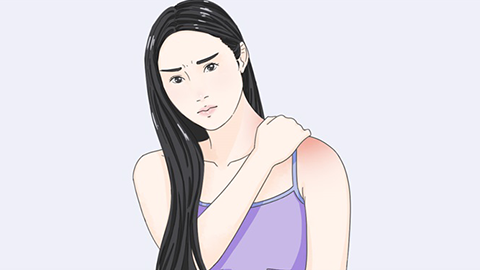How can arthritis be treated to improve walking?
Generally, the main treatments for improving walking ability in arthritis include lifestyle modifications, physical therapy, medication, traditional Chinese medicine (TCM), and surgical treatment. A detailed explanation is as follows:
1. Lifestyle Modifications
Avoid prolonged standing or walking to reduce joint wear; choose loose, elastic shoes to decrease impact on the joints while walking; control body weight through a balanced diet and moderate exercise to avoid excessive joint pressure. Strengthening muscles around the joints also helps enhance joint stability.

2. Physical Therapy
Physical methods can help relieve joint discomfort and improve walking function. Common approaches include heat compress, cold compress, and ultrasound therapy. Heat compress improves local blood circulation and relieves muscle stiffness, making it suitable for cold-related joint pain; cold compress reduces joint inflammation and swelling and alleviates acute pain; ultrasound therapy penetrates deep into joint tissues, promotes absorption of inflammation, improves joint mobility, and facilitates smoother walking.
3. Medication
Medications can reduce joint inflammation and pain, thereby facilitating walking. Patients may use medications such as celecoxib capsules, diclofenac sodium sustained-release tablets, and sodium hyaluronate injections as directed by a physician to improve symptoms.
4. Traditional Chinese Medicine (TCM)
According to TCM theory, arthritis is associated with invasion of wind, cold, and damp pathogenic factors, and stagnation of qi and blood. Treatment often involves Chinese herbs that dispel wind and dampness and promote blood circulation to remove blood stasis, such as Fengshi Goutong capsules and Biqi capsules. Acupuncture can stimulate acupoints around the joints, such as the Xiyan and Yanglingquan points, to regulate qi and blood circulation and relieve joint pain and stiffness.
5. Surgical Treatment
If arthritis is severe with joint deformity or conservative treatment proves ineffective, surgery may be required. Common surgical procedures include arthroscopic debridement and joint replacement surgery.
In addition, patients should follow medical advice for regular follow-up visits during treatment and adjust the treatment plan according to joint recovery. Avoid strenuous exercise or lifting heavy objects in daily life to prevent worsening joint damage. If symptoms such as increased joint pain or sudden decline in walking ability occur, seek medical attention promptly to avoid delays in treatment.




